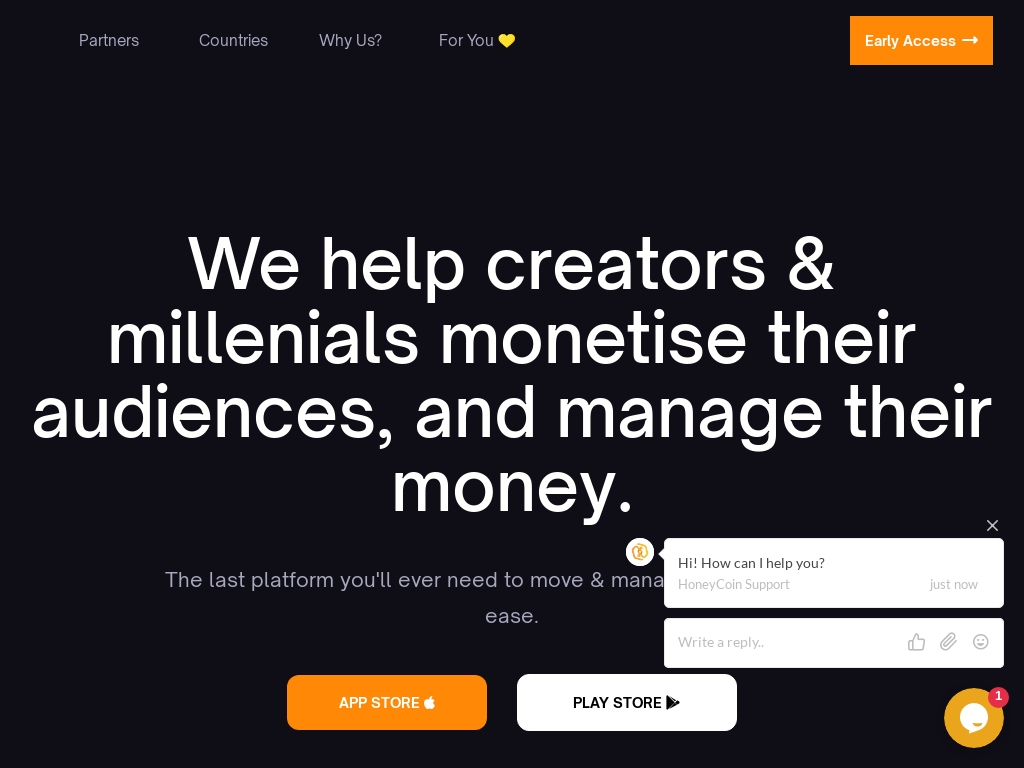
Virtual Card Business Success Stories [2025]
In an increasingly digital world, a virtual card business offers a timely and innovative venture. This business revolves around providing customizable, digital greeting cards, invitations, and announcements designed for various occasions—all delivered instantly via email or social media.
Starting a virtual card business requires creativity and digital design skills. You can partner with graphic designers or use design software to create unique templates. After setting up an e-commerce platform, you can offer your cards as instant downloadables or allow customers to personalize and schedule deliveries.
This business idea stands out because it combines the convenience of digital communication with the personal touch of a greeting card. The minimal need for physical inventory and the growing trend of digital interaction make it a lucrative and scalable opportunity. If you have a knack for design and a desire to capitalize on the digital trend, starting a virtual card business could be an excellent fit.
In this list, you'll find real-world virtual card business success stories and very profitable examples of starting a virtual card business that makes money.
1. Wave Connect ($300K/year)
After working in banking and transitioning to a sales role, George El-Hage noticed that sales teams wasted countless hours managing new contacts. Frustrated by the inefficiency, he built Wave Connect with just $5,000, a digital business card solution now generating $25K in monthly revenue.
How much money it makes: $300K/year
How much did it cost to start: $5K
How many people on the team: 2


Discover how George El-Hage built Wave Connect, a sales and marketing tool that helps professionals exchange contact information and manage leads efficiently, resulting in monthly revenues of $25K per month and a customer base of 12,000, primarily acquired through organic LinkedIn outreach.




2. HoneyCoin ($12K/year)
David Nandwa founded HoneyCoin after experiencing frustration with payment platforms that were expensive, had restrictions for young people, and had unfriendly user experiences. He also saw the potential for independent creators in Africa to make significant earnings and wanted to create a platform that catered to their needs. HoneyCoin is now profitable and will be raising capital to handle increased demand after its public launch.
How much money it makes: $12K/year
How much did it cost to start: $150
How many people on the team: 0


HoneyCoin is a payments app that helps creators and internet businesses monetize their audiences by managing cash and cryptocurrency all in one place, which processes an average of $10k per month in revenue and has onboarded 504 people.





Download the report and join our email newsletter packed with business ideas and money-making opportunities, backed by real-life case studies.

Download the report and join our email newsletter packed with business ideas and money-making opportunities, backed by real-life case studies.

Download the report and join our email newsletter packed with business ideas and money-making opportunities, backed by real-life case studies.

Download the report and join our email newsletter packed with business ideas and money-making opportunities, backed by real-life case studies.

Download the report and join our email newsletter packed with business ideas and money-making opportunities, backed by real-life case studies.

Download the report and join our email newsletter packed with business ideas and money-making opportunities, backed by real-life case studies.

Download the report and join our email newsletter packed with business ideas and money-making opportunities, backed by real-life case studies.

Download the report and join our email newsletter packed with business ideas and money-making opportunities, backed by real-life case studies.











